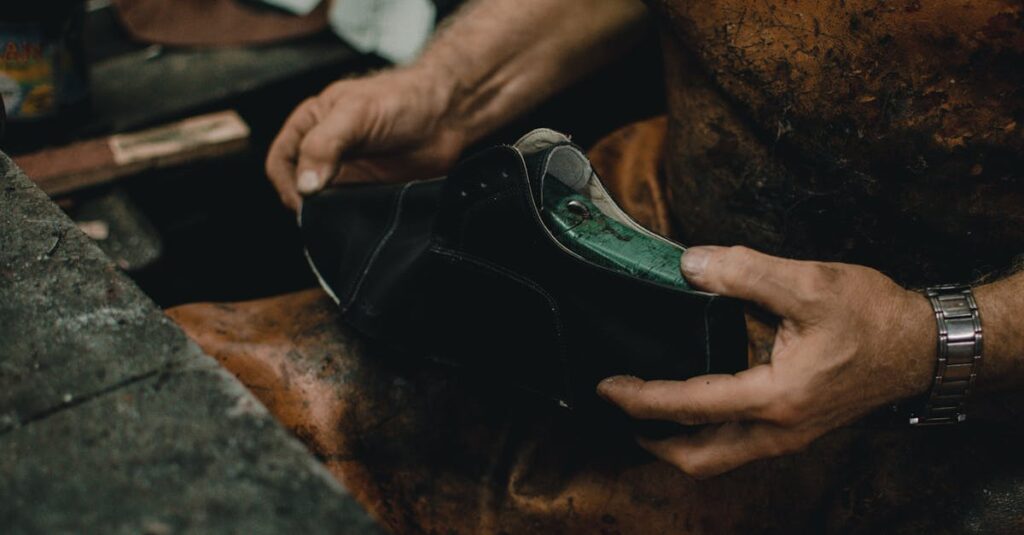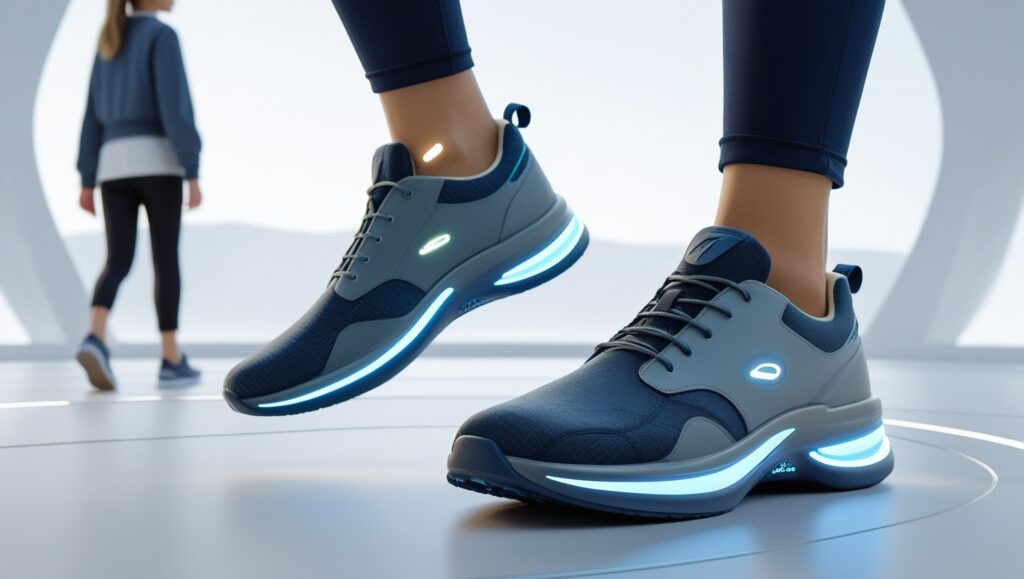
Plantar Fasciitis shoes in 2025 . The name itself might not sound intimidating, but the sharp, stabbing heel pain it causes can be debilitating, turning every step into a painful reminder of its presence. If you’re one of the millions struggling with this condition, you know how much it can impact your daily life, from morning routines to evening strolls. Many shoes, unfortunately, only exacerbate the problem, lacking the necessary support and cushioning to alleviate the strain on your plantar fascia. But don’t despair! This article provides a comprehensive, biomechanically-informed guide to choosing the best shoes for plantar fasciitis. We’ll delve into the essential features that make a difference, considering your foot type, activity level, and budget. We’ll explore the underlying causes and symptoms of plantar fasciitis, highlight key shoe features to look for, offer specific shoe recommendations for various activities, and provide expert advice on managing your pain. So, lace up and get ready to take the first step towards pain-free feet!
Understanding Plantar Fasciitis: Causes, Symptoms, and How Shoes Can Help
Plantar Fasciitis shoes in 2025 is a common condition that causes pain in the heel and arch of the foot. It occurs when the plantar fascia, a thick band of tissue that runs along the bottom of your foot from your heel to your toes, becomes inflamed . This inflammation can result from a variety of factors, including overuse, improper support, and tight calf muscles . Common symptoms include a sharp, stabbing pain in the heel, especially in the morning or after periods of rest. You might also experience stiffness in the heel and arch .
Appropriate footwear plays a crucial role in alleviating pain and promoting healing. Shoes with good arch support, cushioning, and stability can help to reduce the strain on the plantar fascia, allowing it to heal properly. Conversely, shoes that lack these features can worsen the condition and prolong recovery. The NHS overview of plantar fasciitis provides further general information on the condition. For more detailed information on the causes and diagnosis of plantar fasciitis, the AAOS information on plantar fasciitis is an excellent resource.
Key Shoe Features for Plantar Fasciitis Relief: A Biomechanical Perspective

Choosing the right shoes for plantar fasciitis requires understanding the key features that provide support and cushioning. From a biomechanical perspective, these features work together to reduce strain on the plantar fascia and promote proper foot function.
- Arch Support: Arch support is arguably the most critical feature. It helps to distribute weight evenly across the foot, preventing excessive strain on the plantar fascia. Different types of arch support exist, including medial, lateral, and neutral. The ideal type depends on your foot type and biomechanics.
- Heel Cushioning: Heel cushioning is essential for absorbing impact and reducing stress on the heel bone and plantar fascia. Materials like gel, foam, and air provide varying degrees of cushioning. Look for shoes with ample cushioning in the heel area.
- Stability: Stability features, such as motion control and medial posts, help to prevent overpronation (excessive inward rolling of the foot). Overpronation can contribute to plantar fasciitis by stretching the plantar fascia.
- Flexibility: While stability is important, some flexibility in the forefoot is also necessary for natural movement. Shoes that are too stiff can restrict foot motion and place additional stress on the plantar fascia.
Best Shoes for Plantar Fasciitis: Top Picks by Activity and Foot Type
Finding the perfect shoe for plantar fasciitis often depends on your activity level and foot type. Here are some top picks based on different needs:
Running Shoes for Plantar Fasciitis: Prioritizing Cushioning and Support
Running places significant impact on the feet, making cushioning and arch support paramount. Look for running shoes with features like gel or foam cushioning in the heel and forefoot, as well as a supportive midsole to control pronation. Include user reviews mentioning the shoe’s effectiveness in reducing plantar fasciitis pain.
Walking Shoes for Plantar Fasciitis: Comfort and Stability for Everyday Use

Walking shoes should prioritize all-day comfort, stability, and adequate arch support. Look for models with a cushioned insole, a supportive midsole, and a durable outsole. Include user reviews highlighting the shoe’s comfort and stability for walking with plantar fasciitis.
Shoes for Standing All Day with Plantar Fasciitis: Maximum Support and Cushioning
If you spend long hours on your feet, choose shoes designed for prolonged standing. These shoes should offer maximum support, cushioning, and shock absorption to minimize plantar fascia strain. Include user reviews from individuals who stand for long periods, highlighting the shoe’s effectiveness in reducing plantar fasciitis pain.
Beyond Shoes: Additional Tips for Managing Plantar Fasciitis Pain
While the right shoes can make a significant difference, managing plantar fasciitis often requires a multi-faceted approach. Consider incorporating these additional tips into your treatment plan:
- Stretching Exercises: Regularly stretching your calf muscles and plantar fascia can help to improve flexibility and reduce pain.
- Ice Therapy: Applying ice to the affected area for 15-20 minutes several times a day can help to reduce inflammation.
- Orthotics: Custom or over-the-counter orthotics can provide additional arch support and cushioning.
- Seek Professional Medical Advice: If your pain persists despite these measures, consult with a podiatrist or other healthcare professional for further evaluation and treatment .
The AAOS information on plantar fasciitis provides further information on treatment options.
Conclusion
Choosing the right shoes is crucial for finding relief from plantar fasciitis pain. By focusing on arch support, cushioning, and stability, you can significantly reduce the strain on your plantar fascia and promote healing. This guide provides a biomechanically-informed approach to selecting shoes that alleviate pain and promote healing, considering individual needs and preferences.
Find your perfect fit today! Browse our recommended shoes and start your journey to pain-free feet. Consult with a podiatrist for personalized advice.
Consult with a podiatrist or medical professional for personalized advice regarding plantar fasciitis treatment. Shoe recommendations are based on general guidelines and may not be suitable for all individuals.
References
- NHS. (N.D.). Plantar fasciitis. Retrieved from https://www.nhs.uk/conditions/plantar-fasciitis/
- American Academy of Orthopaedic Surgeons. (N.D.). Plantar Fasciitis. Retrieved from https://orthoinfo.aaos.org/en/diseases–conditions/plantar-fasciitis/
